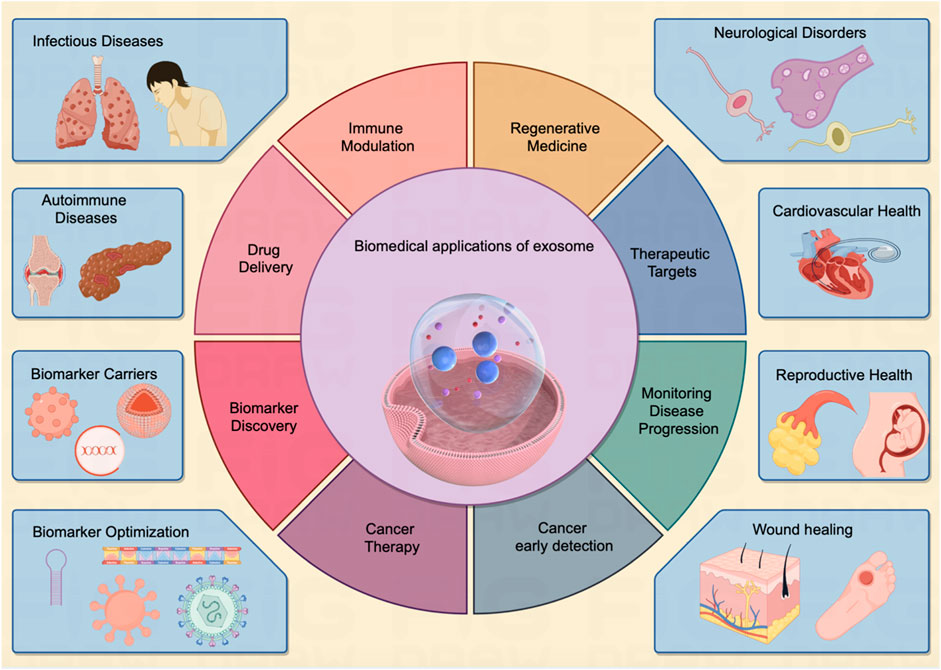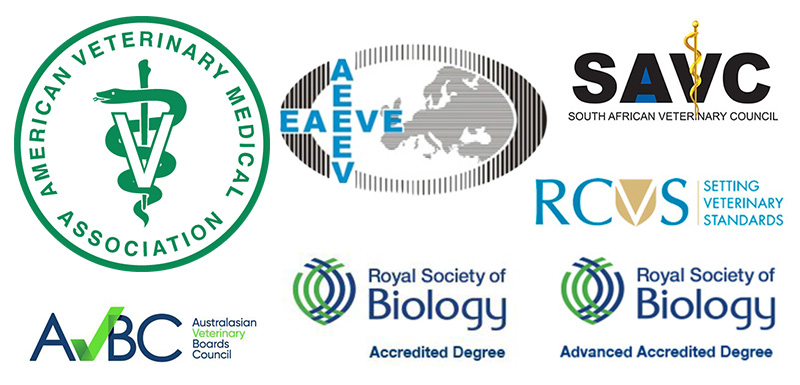
A Report on Alcohol Consumption and Substance Use Disorders

Introduction
A new report from the World Health Organization (WHO) highlights the significant impact of alcohol consumption and psychoactive drug use on global health. The report emphasizes the importance of addressing these issues to achieve the Sustainable Development Goals (SDGs) by 2030.
Key Findings
- 2.6 million deaths per year were attributable to alcohol consumption, accounting for 4.7% of all deaths.
- 0.6 million deaths were attributed to psychoactive drug use.
- 2 million alcohol-attributable deaths and 0.4 million drug-attributable deaths were among men.
- 400 million people globally lived with alcohol use disorders, including 209 million with alcohol dependence.
“Substance use severely harms individual health, increasing the risk of chronic diseases, mental health conditions, and tragically resulting in millions of preventable deaths every year. It places a heavy burden on families and communities, increasing exposure to accidents, injuries, and violence,” said Dr Tedros Adhanom Ghebreyesus, WHO Director-General. “To build a healthier, more equitable society, we must urgently commit to bold actions that reduce the negative health and social consequences of alcohol consumption and make treatment for substance use disorders accessible and affordable.”
Health Consequences of Alcohol Consumption
The report highlights that despite some reduction in alcohol-related death rates since 2010, the overall number of deaths due to alcohol consumption remains unacceptably high. In 2019, there were 2.6 million alcohol-attributable deaths, with the highest numbers in the European Region and the African region. The death rates due to alcohol consumption per litre of alcohol consumed are highest in low-income countries and lowest in high-income countries.
Of all deaths attributable to alcohol in 2019, 1.6 million were from noncommunicable diseases, including 474,000 deaths from cardiovascular diseases and 401,000 from cancer. Additionally, 724,000 deaths were due to injuries, such as those from traffic crashes, self-harm, and interpersonal violence. Another 284,000 deaths were linked to communicable diseases, including HIV transmission and tuberculosis.
Alcohol Consumption Trends
Total alcohol per capita consumption in the world population slightly decreased from 5.7 litres in 2010 to 5.5 litres in 2019. The highest levels of per capita consumption in 2019 were observed in the WHO European Region (9.2 litres) and the Region of Americas (7.5 litres).
The level of alcohol consumption per capita among drinkers amounts on average to 27 grams of pure alcohol per day. This level and frequency of drinking are associated with increased risks of numerous health conditions and associated mortality and disability.
In 2019, 38% of current drinkers engaged in heavy episodic drinking, with continuous heavy drinking being highly prevalent among men. Among 15–19-year-olds, 23.5% were current drinkers, with the highest rates in the European region and the Americas.
Treatment Gap for Substance Use Disorders
Effective treatment options for substance use disorders exist, but treatment coverage remains incredibly low. The proportion of people in contact with substance use treatment services ranged from less than 1% to no more than 35% in 2019, in countries providing this data.
Most countries lack a specific budget line or data on governmental expenditures for the treatment of substance use disorders. Additionally, almost half of the responding countries do not offer mutual help and peer support groups for substance use disorders.
Actions for Progress
To achieve SDG target 3.5 and reduce the health and social burden attributable to substance use, governments and partners need to intensify actions in the following areas:
- Increase awareness through a coordinated global advocacy campaign.
- Strengthen prevention and treatment capacity of health and social care systems.
- Scale up training of health professionals.
- Re-commit to the implementation of the Global Alcohol Action Plan 2022-2030 with a focus on the SAFER package.
- Accelerate international efforts on capacity-building and knowledge transfer.
- Engage civil society organizations, professional associations, and people with lived experience.
- Improve multi-level monitoring systems and corresponding research capacity.
- Scale up resource mobilization, allocation, and innovative funding mechanisms to strengthen the capacity of health and social systems.
Conclusion
The report highlights the urgent need to address alcohol consumption and substance use disorders to achieve the SDGs. By taking bold actions and implementing the recommended strategies, governments and partners can reduce the negative health and social consequences associated with substance use and improve access to quality treatment.
Notes to the Editor
The previous WHO report on SDG target 3.5 was published in 2018. The report released today was scheduled for 2022 but was postponed due to challenges associated with the COVID-19 pandemic. SDG health target 3.5 calls for strengthening the prevention and treatment of substance abuse, including alcohol use disorders. The WHO Global Survey on Progress with SDG target 3.5 was conducted in 2019-2020.
Corrigendum
A statistic was corrected on this news release on 28 June 2024. The sentence that originally read as “The report shows an estimated 400 million people lived with alcohol and drug use disorders globally.” was corrected to be “The report shows an estimated 400 million people lived with alcohol use disorders globally.”
SDGs, Targets, and Indicators
| SDGs | Targets | Indicators |
|---|---|---|
| SDG 3: Good Health and Well-being | Target 3.5: Strengthen the prevention and treatment of substance abuse, including narcotic drug abuse and harmful use of alcohol | Indicator 3.5.1: Coverage of treatment interventions for substance use disorders Indicator 3.5.2: Alcohol per capita consumption within a calendar year in liters of pure alcohol |
1. Which SDGs are addressed or connected to the issues highlighted in the article?
SDG 3: Good Health and Well-being
The article addresses the issue of alcohol and drug consumption and its impact on health. SDG 3 aims to ensure healthy lives and promote well-being for all at all ages.
2. What specific targets under those SDGs can be identified based on the article’s content?
Target 3.5: Strengthen the prevention and treatment of substance abuse, including narcotic drug abuse and harmful use of alcohol
The article emphasizes the need to accelerate actions towards achieving this target by reducing alcohol and drug consumption and improving access to quality treatment for substance use disorders.
3. Are there any indicators mentioned or implied in the article that can be used to measure progress towards the identified targets?
Indicator 3.5.1: Coverage of treatment interventions for substance use disorders
The article mentions that the proportion of people in contact with substance use treatment services ranged from less than 1% to no more than 35% in 2019, indicating a treatment gap for substance use disorders.
Indicator 3.5.2: Alcohol per capita consumption within a calendar year in liters of pure alcohol
The article provides data on alcohol consumption trends, including total alcohol per capita consumption and levels of per capita consumption among drinkers. These indicators can be used to measure progress in reducing alcohol consumption.
4. SDGs, Targets, and Indicators
| SDGs | Targets | Indicators |
|---|---|---|
| SDG 3: Good Health and Well-being | Target 3.5: Strengthen the prevention and treatment of substance abuse, including narcotic drug abuse and harmful use of alcohol | Indicator 3.5.1: Coverage of treatment interventions for substance use disorders Indicator 3.5.2: Alcohol per capita consumption within a calendar year in liters of pure alcohol |
Source: who.int







